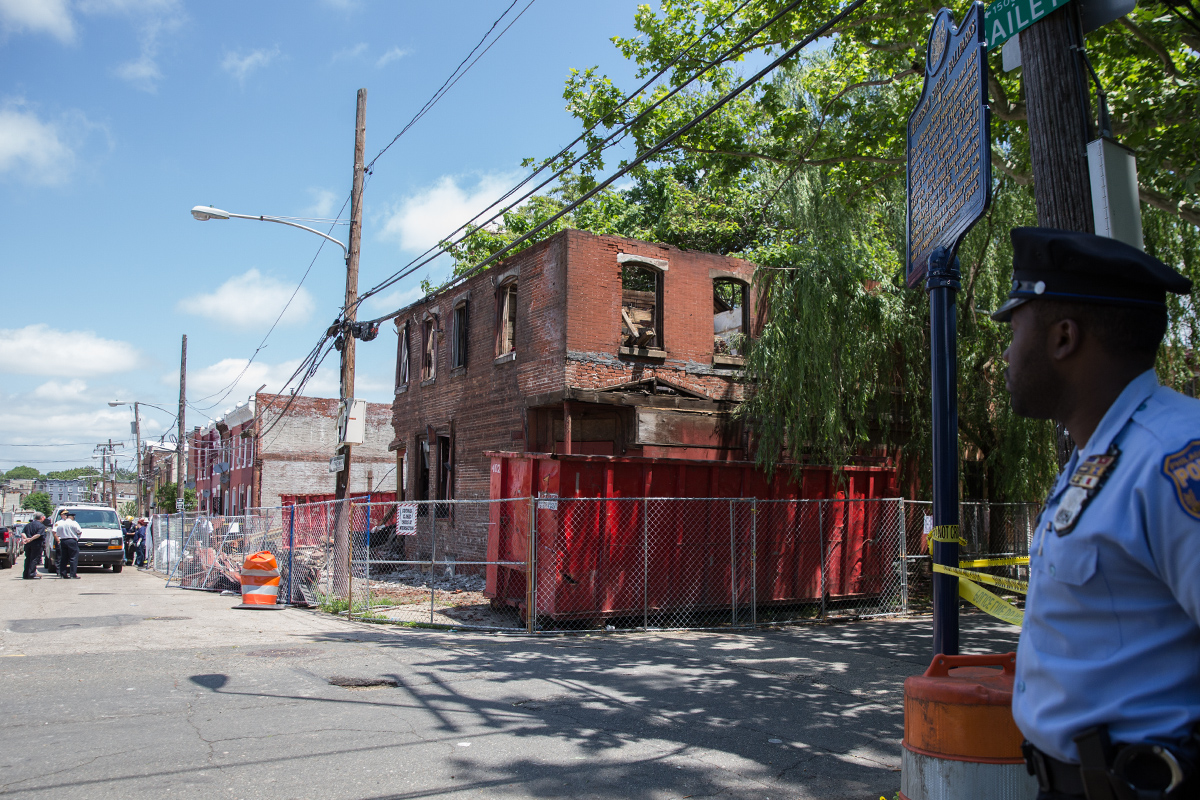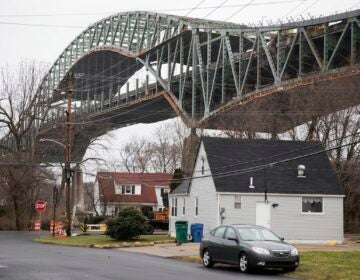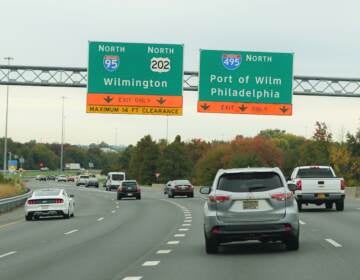Fatal Brewerytown building collapse was `a tragic workplace accident,’ L&I commissioner says

Five weeks after the Brewerytown building collapse that killed 59-year-old contractor Harvey Figgs, the city Department of Licenses and Inspections has found no violation of Philadelphia’s safety or demolition regulations on the part of the company for which Figgs was working.
L&I Commissioner Dave Perri said that his agency has inspected the collapse site at 2621 N. Jefferson St. and has concluded that Gama Wrecking Inc. of Philadelphia was following all required local standards.
“We haven’t found where the contactor did something that was contrary to what’s in the code,” Perri said. “They had a permit, the contractor was licensed, they were doing everything they were supposed to do. It appears that it was just a tragic workplace accident.”
He emphasized, however, that L&I’s findings do not mean there weren’t violations that fall outside his agency’s purview. The Occupational Safety and Health Administration is still investigating Gama Wrecking, which has an OSHA inspection history that dates back to 2014. There have been five investigations of Gama since then, and two are still open — including the incident in early June that led to Figgs’s death. The other three OSHA investigations showed serious violations that resulted in more than $26,000 in fines, according to the agency’s online records. (OSHA’s injury and fatality records cannot be searched by employer.)
Joanna Hawkins, of the U.S. Department of Labor’s Philadelphia office, said that OSHA has up to six months to complete the investigation, and that further details are not yet available. She also noted that Figgs had his own demolition company at one point, and that OSHA inspected him once in 2014, imposing a fine of a couple thousand dollars.
“Otherwise, Mr. Figgs was a regular foreman for most jobs with Gama Wrecking,” Hawkins wrote in an email.
In the case of the June collapse, Perri said, L&I’s investigation turned up evidence that the building had sustained a serious fire in recent years, and that many of the floor joists had been badly burned.
That seems to have directly contributed to Figgs’s death because the joists were not “fire cut,” that is, they were not carved at an angle, a technique meant to ensure that if the floor collapses it doesn’t take the exterior masonry with it. Without those “fire cut” joists, the floor collapsed, bringing a wall down on Figgs, killing him.
Perri said he would term Figgs’s death a workplace accident as opposed to a building collapse. The structure had not deteriorated to the point of spontaneous collapse and, instead, the fatality was the result of the unrecognized danger posed by floors that had not been fire cut.
“Harvey was a good guy, he knew what he was doing,” said Perri. “That is what leads me to believe that the damage from the fire and the fact that the joists weren’t fire cut were the contributing factors that just weren’t seen before the demolition started.”
Neighbors of the property told PlanPhilly that the building was a longstanding nuisance, and that they were surprised anyone was allowed inside to work on it.
Sarah Mueller lives next door to 2621 N. Jefferson and was talking with Figgs on her stoop just before he entered the building for the final time.
“He smiled and turned around … then after another minute or two, we walked inside. We get five feet into our house, and all of a sudden we hear this crack and the rushing of brick,” Mueller said.
Figgs told neighbors that the job was being rushed because the owners of the land were eager to get the site cleared so they could construct new housing on the lot, she said.
Gama Wrecking did not immediately return a call for comment.
Mueller questioned why Figgs and his fellow workers were demolishing the building by hand instead of from the safety of a vehicle. But, according to Perri, most such projects in Philadelphia are performed that way.
Vehicular demolitions kick up more potentially toxic dust and cause disruptive vibrations. Demolitions using backhoes and other heavy machinery have been found to pose a more direct threat to the public, as occurred in 2013 on Market Street, when six people were killed when a building collapsed onto the neighboring Salvation Army thrift store during a botched demolition using an 18-ton excavator.
At the beginning of his work at the Jefferson Street site, Mueller said, Figgs himself tried to play down the risk when she expressed her fears about the project to him.
“His specific words were, ‘I’ve been in this business 40 years, and ever since Salvation Army, every demo we do people are worried about a collapse,’ ” Mueller remembered. “ ‘And it’s not going to happen again,’ is what he said.”
Figgs was intimately familiar with the Salvation Army tragedy on Market Street. In the immediate aftermath of that building collapse, L& I contracted with him to clear the rubble from the site.
Figgs died under falling masonry almost five years to the day after the Salvation Army incident.
WHYY is your source for fact-based, in-depth journalism and information. As a nonprofit organization, we rely on financial support from readers like you. Please give today.






